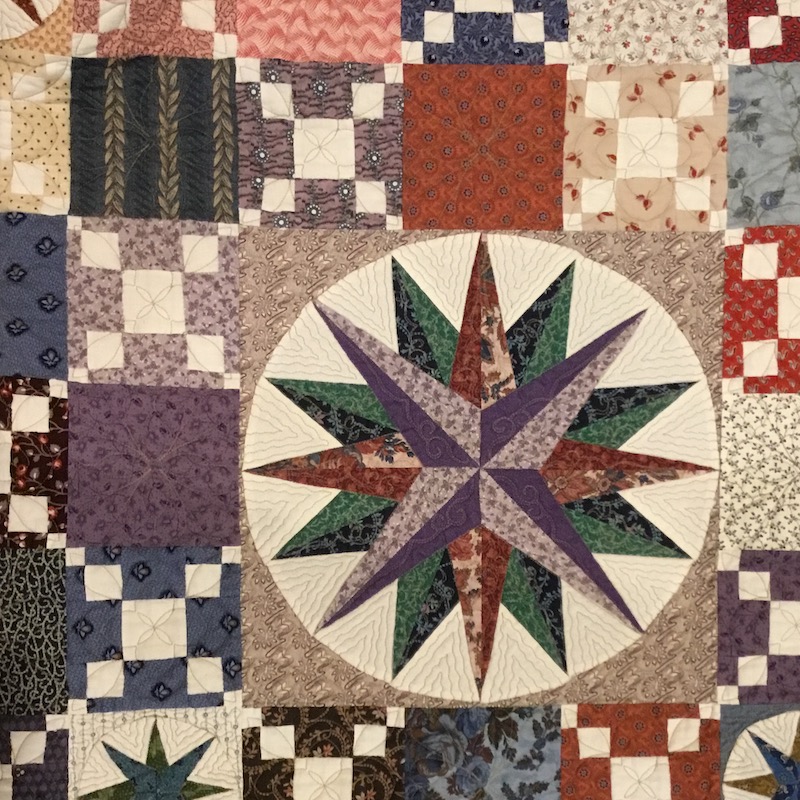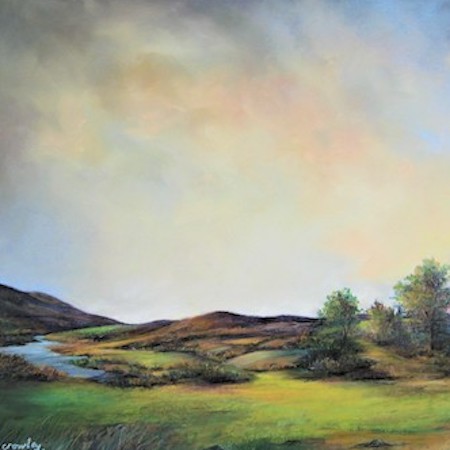“PASSAGE TO FREEDOM: SECRETS OF THE UNDERGROUND RAILROAD”
A Traveling Exhibit from the Welland Historical Museum, Welland, Ontario, Canada
September 1 – 30, 2014, Mondays through Saturdays, noon to 8 p.m.; Sundays, noon to 4 p.m.
(Special appointments for student/tour groups…contact Linda Poulton, 570-546-5502)
UGRR Exhibit Location: Lycoming Mall Storefront, 300 Lycoming Mall Circle, Pennsdale/Muncy
Free Admission
 “Passage to Freedom” is an exhibit that provides an opportunity to travel back to the 1800s to learn about slavery, the escape route called the Underground Railroad, and the challenges freedom seekers faced if they finally reached the “Promised Land” of Canada. In the 1850s approximately 40,000 Black refugees entered Canada from the United States, helped by such famous “conductors” as Harriet Tubman. The traveling exhibit features slave narratives; models of a slave cabin, a plantation, a safe house and transport slave bunks; interactive components; and clues to the secrets about fleeing to freedom. The exhibit is divided into three parts: 1) Slavery: stories of capture and life as a slave; 2) Escape: illustrations and narratives about the dangers of escape; signs, codes and symbols used; the messages in spiritual songs; the importance of the stars; the inventive escape methods including a box like the one used by Henry “Box” Brown to mail himself to freedom; and 3) Freedom: stories from former slaves and their descendants who found both freedom and prosperity in Canada, and those who found discrimination, racism, and even lynching in Canada.
“Passage to Freedom” is an exhibit that provides an opportunity to travel back to the 1800s to learn about slavery, the escape route called the Underground Railroad, and the challenges freedom seekers faced if they finally reached the “Promised Land” of Canada. In the 1850s approximately 40,000 Black refugees entered Canada from the United States, helped by such famous “conductors” as Harriet Tubman. The traveling exhibit features slave narratives; models of a slave cabin, a plantation, a safe house and transport slave bunks; interactive components; and clues to the secrets about fleeing to freedom. The exhibit is divided into three parts: 1) Slavery: stories of capture and life as a slave; 2) Escape: illustrations and narratives about the dangers of escape; signs, codes and symbols used; the messages in spiritual songs; the importance of the stars; the inventive escape methods including a box like the one used by Henry “Box” Brown to mail himself to freedom; and 3) Freedom: stories from former slaves and their descendants who found both freedom and prosperity in Canada, and those who found discrimination, racism, and even lynching in Canada.
The Exhibit consists of 22 exhibit panels, exhibit cases, a cabin diorama, games, audio and interactive components, reproduction artifacts, props, world and star maps, and a ship slave bunk exhibit.
 In addition to the Welland Traveling Exhibit, there will be a display of quilt patterns often attributed to playing some kind of role in the Underground Railroad movement. Historians, frustrated by myths that will not die, have found that the best they can do is to offer an alternative, accurate history about these patterns – one that allows people to choose which “history” to accept. Were quilts hung on clotheslines to signal escaping slaves of a “safe house?” Were quilts used as maps to show escapees the route to safety? Were quilts used by runaways as a code to communicate the timing of escape? Many of the patterns supposedly used as code did not exist before the Civil War when the majority of fugitive slaves were making their way to freedom. There are first-person accounts that support the use of whistles, songs and lanterns to assist slaves on the run but no such accounts of using quilts for that purpose. To date, while there is no historical evidence of quilts being used as signals, codes or maps, who knows if and when such historical evidence may be uncovered?
In addition to the Welland Traveling Exhibit, there will be a display of quilt patterns often attributed to playing some kind of role in the Underground Railroad movement. Historians, frustrated by myths that will not die, have found that the best they can do is to offer an alternative, accurate history about these patterns – one that allows people to choose which “history” to accept. Were quilts hung on clotheslines to signal escaping slaves of a “safe house?” Were quilts used as maps to show escapees the route to safety? Were quilts used by runaways as a code to communicate the timing of escape? Many of the patterns supposedly used as code did not exist before the Civil War when the majority of fugitive slaves were making their way to freedom. There are first-person accounts that support the use of whistles, songs and lanterns to assist slaves on the run but no such accounts of using quilts for that purpose. To date, while there is no historical evidence of quilts being used as signals, codes or maps, who knows if and when such historical evidence may be uncovered?
This exhibit will offer a “local” perspective to us in Northcentral Pennsylvania. Many of these freedom seekers were offered assistance and sheltered here, at first mainly by our local large Quaker community, and then by people, both whites and free and escaped blacks, who were motivated by religion and moral beliefs.



